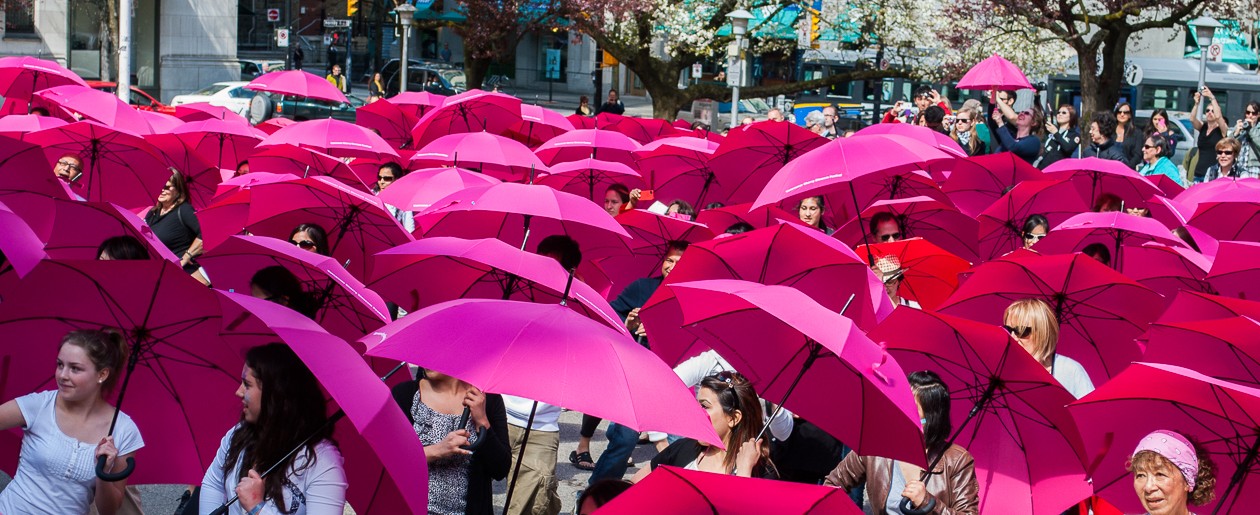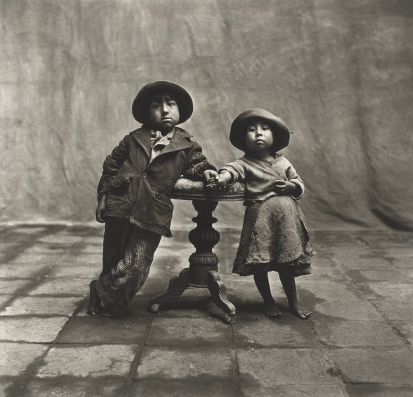One of the essays in the exhibition catalogue of Street & Studio An Urban History of Photography is of particular relevance to this section of the course. Whether one makes a street portrait or a portrait in the studio, the essence comes down to the posing.
The history of the pose dates back to the 1850s where the purpose of portrait photography was for “self-representation or remembrance” (Holschbach p. 171) and later on for the purposes of identification. Due to the slow exposure speeds of cameras back then, subjects were usually seated when they had their photographs made, sometimes their heads were put into some sort of vice to keep them still. Alan Trachtenberg’s observation was that “sitters were encouraged to will themselves into the desired self-expression … creating a role and a mask” (cited in Warner Marien 2014).

Holschbach’s essay refers to the two images above at the “contrary poles of the photographic portrait in the nineteenth century” (p 171). Both photographs reveal something about the subjects’ self-perceptions and social standing. There are subtle differences in their poses. The gentleman on the left is sitting very awkwardly on the chair, his hands crossed over on his lap rather tensely. His clothes are rather worn. His hat is perched on the studio table beside him. The subject stares directly at the camera. In contrast, the gentleman on the right is well dressed and sits in a rather relaxed fashion enveloping the chair (there is only a sliver of it visible on the right). His hands are clasped comfortably across his stomach and he looks off into the distant, making no eye contact with the photographer. One gets the sense that there was more direction from the photographer on the left than the one on the right. The nervousness of the subject on the left is quite tangible, while the gentleman on the right exudes confidence as if he has done this many times.
“… the pose is at once a conscious attitude and an involuntary expression of psychic dispositions and social norms. It can intimate the conditions under which the portrait was created, and it can bear signs of agreement as well as resistance.”
Holschbach (p 172)
The statement above is of particular relevance to the photograph of the gentleman on the left. The Swiss government proceeded to document all traveling salespeople, other itinerants and homeless people in an attempt to curtail their movements and to force them to lead more settled lives. Photographs taken for these identification purposes could later be used for warrant posters if the person strayed from his/her designated area of abode (Warner Marien, p 68).
One of the definitions of the verb “to pose” is “to claim or pretend to be somebody/something”. The very nature of this means that subjects deliver themselves to the camera in a manner that they would like to be seen, whether it is a true rendition of themselves or not. Aspiring middle class people would have their portraits taken with backgrounds depicting sumptuous rooms or surroundings in an effort to relay how far they had brought themselves up in the world.
“… once I feel myself observed by the lens, everything changes: I constitute myself in the process of “posing,” I instantaneously make another body for myself, I transform myself in advance into an image.”
Barthes (1981, p 10)
Subjects have learned to emulate postures and expressions. Children do this in their play copying and teenagers experiment with various seductive expressions in front of the mirror trying to mimic their favourite film star. Adults learn to alter their expressions and body language to fit to conform within the work place. Philippe Halsman developed a strategy when photographing his subjects. He would end the session by asking them to jump. His rationale was that a person cannot control an expression, facial muscles and limb muscles at the same time. During this transient state (the jump) the mask falls and there is a glimmer of the real person (Holschbach p 173).

“Posing is an act that is both active and passive” (Holschbach p 174). Rineke Dijkstra’s series of young prepubescent girls in nightclubs shows how they mimic their popstar idols in poses and gestures. This copycat behaviour also happens on the street. “It is a fundamental mechanism of intersubjectivity (a shared understanding that helps us to relate one situation to another): in order to be perceived and recognised as a person at all” (Holschbach p 174). Personally, I think a lot of this behaviour is down to consumerism. We are constantly bombarded by images on the internet and glossy magazine advertisements that young women especially turn to in order to determine how to “act”. Fashion photography no longer sells clothes, but sells sex, extravagance, and temperaments, as well as the perfect, ideal (yet impossible) body that every woman is urged to strive for.
With the arrival of handheld cameras, photography moved out into the streets and was no longer hampered by the confines of the studio. “The snapshot came to substitute the staged photograph, the ideal of being natural replacing that of being representative” (Holschbach p 176). A resurgence in the popularity of the studio portrait happened in Africa. Numerous photographers spring to mind here: Malik Sidibe, who photographed young people in their latest nightclub attire in a very minimalist studio space, while Philip Kwame photographed people against elaborately painted backdrops of cityscapes, airports, offices, and exotic locations, sometimes proudly displaying their latest acquisition. The clients’ “poses are emblematic gestures through which the subject associates himself with his surroundings, seeing his ambitions fulfilled in the very photograph” Holschbach p 177).

The studio can be both a site of control but it can also be a place where fictional characters or identities are created. According to Holschbach (p 177) the “playful potential of the pose” only truly comes into being when the photographer engages in self-portraiture, when he/she is alone in the studio, with no observers as can be seen in Cindy Sherman’s works.
Reference List
Barthes, Roland (1981). Camera Lucida: Reflections on Photography, trans. Richard Howard. New York: Hill and Wang.
Holschbach Susanne (2008) ‘The Pose: Its Troubles and Pleasures’ In: Eskildsen, U; Ebner, F; Kaufmann, B (eds.) Street & Studio An Urban History of Photography. London: Tate Modern
Oxford Advanced Learner’s Dictionary (1989) (4th edition): Oxford: Oxford University Press
Warner Marien, M. (2014) Photography: A Cultural History (4th edition). London: Laurence King.



